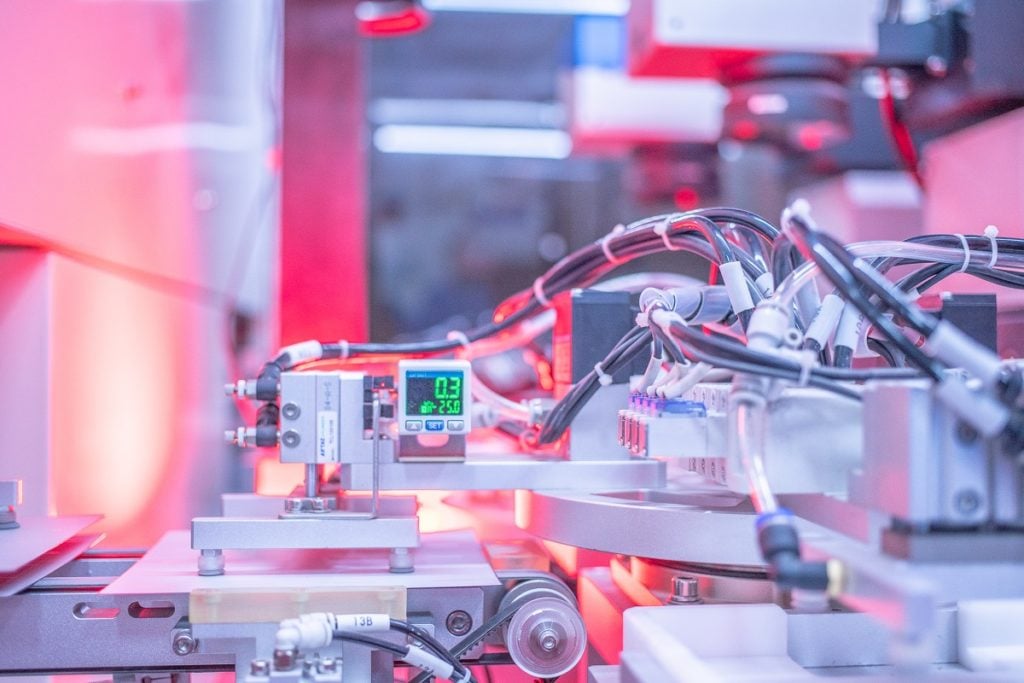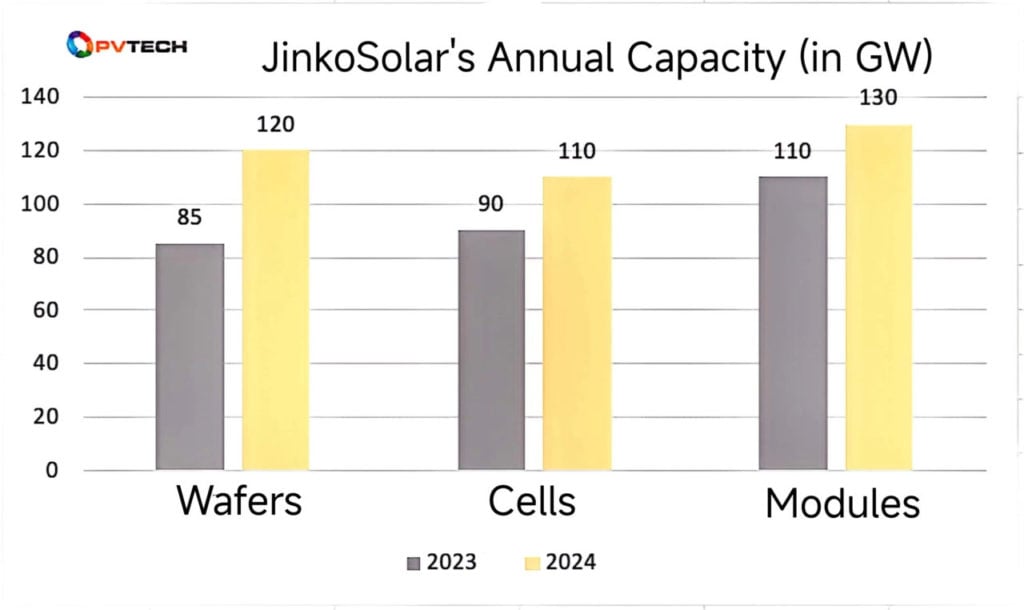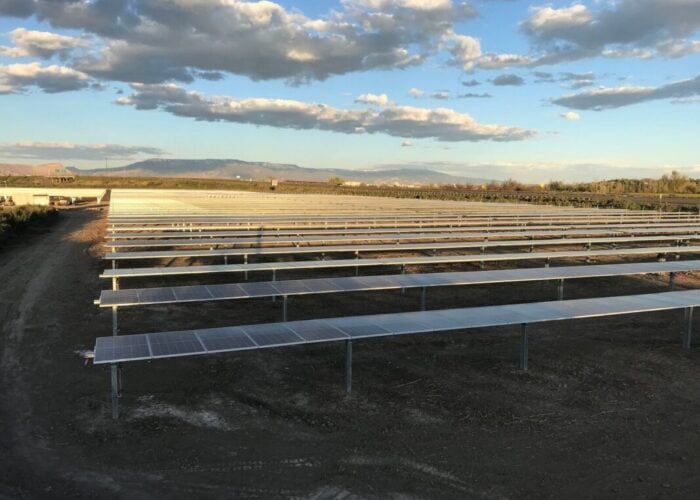
On 23 April, Chinese module manufacturer JinkoSolar released its 2023 annual performance report, posting PV module shipments of 78.52GW throughout the year.
In its 2023 earnings statement, the company announced its 2024 targets, which include increasing the conversion efficiency of n-type cells mass-produced by the company to 26.5%.
Try Premium for just $1
- Full premium access for the first month at only $1
- Converts to an annual rate after 30 days unless cancelled
- Cancel anytime during the trial period
Premium Benefits
- Expert industry analysis and interviews
- Digital access to PV Tech Power journal
- Exclusive event discounts
Or get the full Premium subscription right away
Or continue reading this article for free
JinkoSolar is also targeting a production capacity of monocrystalline wafers, high-efficiency cells and modules of 120GW, 110GW and 130GW, respectively, of which n-type modules will account for more than 90% of this capacity. In 2024, JinkoSolar expects its annual module shipments to be be between 100GW and 110GW, of which n-type shipments will account for nearly 90%.
The figures confirm earlier reports into the company’s module shipments, which saw JinkoSolar lead all module manufacturers in sales in 2023. The manufacturer posted revenue of nearly RMB118.7 billion (US$16.4 billion), a year-on-year increase of more than 40%, and the net profit attributable to the parent company was nearly RMB7.5 billion (US$1 billion), a year-on-year increase of more than 150%.
Much of JinkoSolar’s focus shifted towards tunnel oxide passivated contact (TOPCon) cell mass production, which began in 2019, and as of 2023, JinkoSolar’s annual n-type production capacity has exceeded 70GW. By the same year, n-type shipments reached 48.41GW, with a 40% share of the comparable market.

The company has also built and improved upon an integrated production and sales network, as shown in the graph above. By the end of 2023, its vertically integrated capacity reached 85GW, 90GW and 110GW in the three core segments of wafers, cells and modules, respectively, with an integrated capacity matching rate of more than 85%.
The Tiger Neo series was JinkoSolar’s main product in 2023, a range of modules that it agreed to deliver to an Italian project earlier this week.
It is worth noting that the first phase of JinkoSolar’s 56GW vertically integrated base project in Shanxi province has been put into operation. This project is also the industry’s largest n-type integrated production base.
Efficiency improvements
There has been considerable innovation in the solar space in recent years, with experts from Clean Energy Associates (CEA) writing for PV Tech this week that TOPCon modules have an energy yield as much as 2% higher than older passivated emitter and rear contact (PERC) modules.
In this environment, the demand for advanced n-type products in the PV market has gradually become mainstream, and it has become more vigorous with the increase in the total installed PV capacity globally. Manufacturers who have deployed n-type capacity in advance, such as JinkoSolar, can profit from this trend.
With the establishment and growth of back contact technology, the efficiency improvement of TOPCon has also become the industry focus. Public data shows that the theoretical efficiency limit of TOPCon cells is 28.7%, which is higher than the 24.5% of p-type PERC, while many module manufacturers are producing TOPCon modules with an efficiency of around 26%.
Judging from the efficiency performance of JinkoSolar’s modules, its efficiency has improved at an accelerated pace alongside capacity shipments. According to its annual report, the highest conversion efficiency of its n-type TOPCon cells was 26.89%, and the highest efficiency of n-type TOPCon perovskite tandem cells was 32.33%. At the end of 2023, the average efficiency of n-type cells in mass production exceeded 25.8%.
In Q1 2024, the average conversion efficiency of modules under mass production exceeded 26%, and the output of n-type modules is about 30W higher than that of p-type products of the same version.






